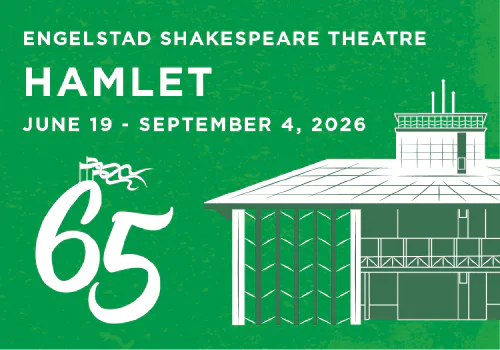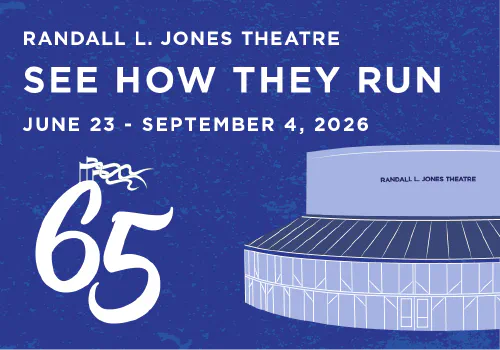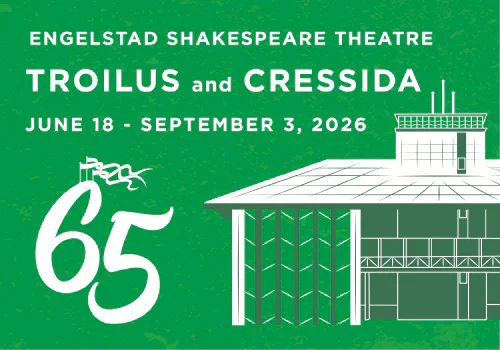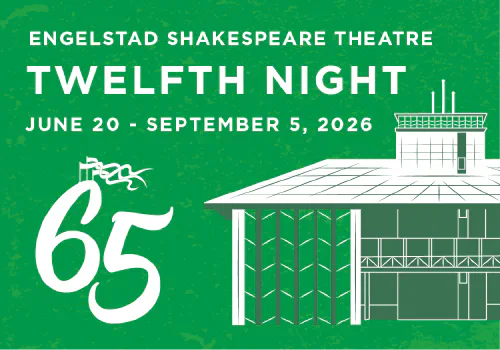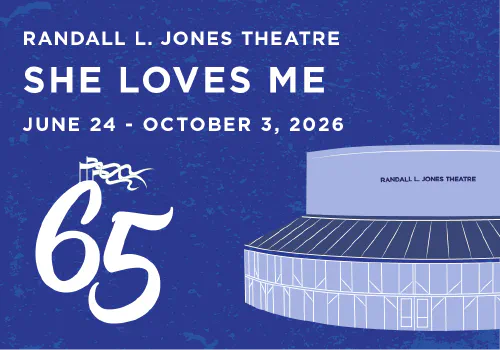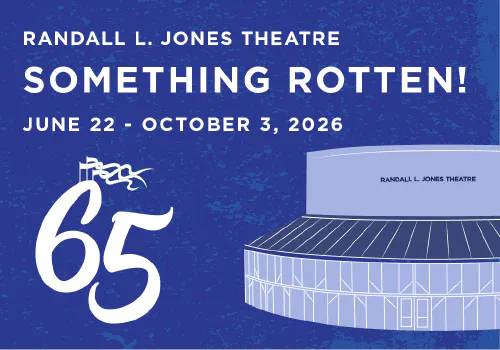Henry IV Part Twoforms the second segment of a series of three history plays by William Shakespeare. The trilogy traces the development of Prince Hal/King Henry V, the leader who was to become proto-type of the hero-king and model of all English sovereigns.
Henry IV Part One and Henry IV Part Two dramatize events that follow the murder of England’s King Richard II. In Part One, the guilt-ridden Henry IV wants to go to the Holy Land in repentance, but political unrest in England prevents him. At the same time Prince Hal, his son, leads an apparently irresponsible life with his brawling friends, led by the fat jolly knight, Sir John Falstaff, who provides most of the play’s humor. At the end of Part One, Hal has revealed himself to be a brave and princely warrior.
InHenry IV Part Two, Falstaff’s clowning is set against the background of continuing Percy rebellion and the approaching death of the ill Henry IV. Hal’s brother finally defeats the rebels through trickery, and with the King’s death, Hal takes the throne as Henry V. He immediately reveals his royal qualities and rejects Falstaff and his cronies, telling them to avoid him until they have abandoned their wild living.
Henry IV Part Two was obviously composed closely after the first part; in fact the last lines of Part One clearly indicate the author’s intent to continue the story. Part One was written in 1596–7; Part Two in 1598. For the transformation of the madcap prince into the wise and splendid king, Shakespeare tapped the very old tradition first narrated in Holingshed’s Chronicles. The art of the historian was not very advanced in this period, and no serious attempt was made to get at the exact truth about a king and his reign. Instead the general idea was that any nation which opposed England was wrong, and that any Englishman who opposed the winning side in the Civil War was wrong also.
Early critics maintained that the plays were separated “only because they were too long to be one,” and most critics agree that the two plays were indeed conceived and written as a unit, so intimately related in action, characters, and theme that neither can be fully understood without the other.
In terms of plot, the Battle of Shrewsbury, which ends Part One, does not tidy up the action. Henry IV has checked, but not destroyed his adversaries; Hal has won his spurs, but with Northumberland and Archbishop Scroop still at large, there remains the danger of rebellion; and the prince despite his show of valor has not resolved his father’s doubts about him.
Part Two picks up with no break in time or action; the scattered rebels gather for a new assault, Prince Hal continues to concern his ailing father, and Falstaff, laden with the “honors” he gathered at Shrewsbury, looks forward to the day of Hal’s accession when the laws of England will be at his “commandment.”
These various motifs begin to fall into alignment and approach their final resolution. The destruction of the rebels secures the long-sought peace. Hal’s estrangement from his father is ended as the old king nears the grave, and Hal himself, rejecting Falstaff and everything he represents, at last breaks through the “foul and ugly mists” to become the warrior king.
The serial presentation of early fifteenth century history traces the slow and ultimately successful efforts of the Lancastrian usurper to secure his hold on the throne and the preparation of his son for the duties he must bear. The two plot lines converge to underscore the massive central theme of the whole trilogy: the sources, uses, and responsibilities of power.
As in his other history plays, Shakespeare has taken the so-called facts and artfully or ruthlessly deployed them to tighten up the action and reinforce the theme. These telescopings and distortions give shape and speed and moral meaning to the narration, and, just as they lead us to view Henry’s reign as one of urgent and successive perils and as a drawn-out penance for usurpation, so Shakespeare’s juggling with the ages and motives of his characters serves the other theme of Prince Hal’s preparation for the awful burdens of the crown.
Shakespeare’s introduction of knockabout farce into a theme of this type was a stunning innovation, for by the introduction of a low-life comic element he achieved a counterpoint in action, style, and theme that is the glory of these plays. We move back and forth from court to tavern, from the cares of state to bawds and leaping houses, from the urgency of great events to the sloth and heedless self indulgences of Falstaff and his sleazy crew: Poins, Bardolph of the flaming nose, Peto and the swaggering Pistol, Mistress Quickly and Doll Tearsheet, whose startling vocabulary rivals that of Pistol, if in a different way. We move from bold exploit and valor to chicanery and crime, from honor to disgrace. This continual oscillation is the most conspicuous feature of these plays.
Falstaff is so various, so equivocal and so overwhelming that he would seem to baffle judgment, and since the eighteenth century he has probably prompted more discussion than any character other than Hamlet. Although he is a sluggard, liar, glutton, lecher, knave, and cheat, he is also superbly funny, “not only witty in myself, but the cause of the wit in other men” that as he lumbers through the plays with his tatterdemalion crew of ruffians, whores and sycophants he seems to shed a flood of light. A virtuoso in the arts of language, he can hardly speak a line that does not, like all great literature, sharpen our responses and jolt us into new perceptions.
Even so, Hal senses the danger in Falstaff. Hal goes through a “reformation” and his participation in the comic subplot diminishes toward the end as we are prepared for his rejection of Falstaff. Even through we know that Falstaff, “the tutor and feeder of my riots” is just one aspect of the Prince’s test and preparation for the crown, his rejection of Falstaff wrings our heart. It is the price greatness pays for power.



